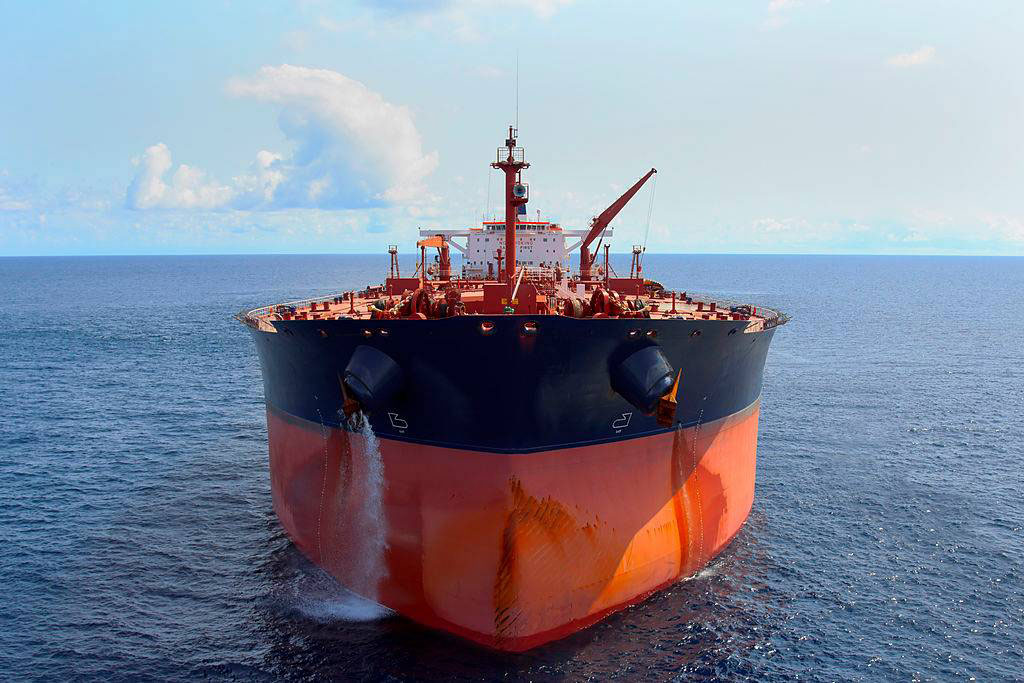The memorandum was signed in South Korea's Busan between a group of companies led by National Iranian Gas Company (NIGC) and a consortium led by South Korea's Oceanus.
The Korean side comprises KITECH, DongHwa Entec, Sung-IL Encare, Gs E&C, KoGas Tech and KGS. The NIGC-led consortium regroups LNG Institute of Tehran University (ILNG), Research Institute of Petroleum Industry (RIPI) and a number of engineering and manufacturing companies. The Iranian delegation was led by Saeed Pakseresht, director of research and technology at NIGC, Ali Vatani, head of ILNG, and Mansour Bazmi, deputy head of RIPI.
NIGC was looking for mini-LNG knowhow before signature of the memorandum. Establishment of ILNG was within this framework. For two years, NIGC has been in talks with RIPI and other companies to master technological savvy for LNG. To that end, Iran from the very beginning considering cooperation with South Korea which depends on LNG imports for its gas needs. Therefore, it has developed technical savvy for liquefied natural gas. The most important rivals of Iran and South Korea are GE and CryBox, both American, and European Siemens and Dresser-Randel.
Saeed Pakseresht, director of research and technology at NIGC, said at a press conference that mini-LNG plants with a capacity below 300 tonnes a day, gas could be converted to liquid throughout hot months of the year while in cold days it could be evaporated and injected to the gas distribution network.
He said one of the important usages of mini-LNG was gas supply to remote areas, adding: "The process of construction of mini-LNG plants and related storage ranks in areas with high consumption is aimed at curtailing peak consumption in winter."
Pakseresht said that when consumption declines relatively in winter, surplus gas could be gathered in these units and be liquefied. In this way, LNG storage tanks will be preserved.
Steering Committee Formed
Pakseresht said the timeframe set for this joint project is a technical and research one and is not limited to research.
"A one-year timeframe has been forecast for the conceptual and basic design of this project. It will become operational by sending staff," he said.
Pakseresht said the governments of Iran and South Korea would finance the project.
"Each party will invest some $10 million in this project, which will total $20 million," he added.
Pakseresht said: "Since each party is planned to provide for its own share of investment and costs of this project there would be no monetary transactions between the two countries and the project will start after an agreement has been signed."
He referred to cooperation between the two countries about technical knowhow, saying: "A steering committee, which is planned to be set up, will decide about the share of these countries in providing technological components."
Pakseresht said the agreement allows both countries to do marketing, adding: "We plan to carry out joint marketing to find markets all across the world to serve the interests of both parties," he added.
Pakseresht said: "It has also been stipulated in this agreement that if any of these countries (Iran and South Korea) finds an exclusive market it will have a preferential share."
Key Manufacturing Companies Listed
Pakseresht said the agreement would provide conditions for further cooperation between the two countries.
"On this basis, certain people will be exchanged between the two countries for the formation of technical, operating and designing task forces," he added.
The agreement has been divided into two chapters; the first one is development of liquefaction technology in South Korea and Iranian staff will be available for joint work. The other one pertains to natural gas pre-treatment for feeding into the liquefaction unit. This responsibility is assigned to Iran which will host South Korean staff.
Pakseresht said equipment manufacturing companies from the two countries would be involved.
Pakseresht said the Iranian side insists on the presence of manufacturing companies. "Our main objective is to empower domestic companies manufacturing equipment," he added.
"We expect Iranian companies to upgrade themselves and benefit from global experience. In this regard, Iran and South Korea have identified a list of companies whose countries are key manufacturers of equipment to cooperate with each other," he said.
International Marketing
Pakseresht said an advantage of this agreement was the feasibility of international marketing, adding: "Since South Korea does not own significant gas reserves the agreement is expected to bring back benefits to Iran so that we would be able to use this technology for producing LNG on small scale. We can also benefit from the potentialities of the South Korean team for international marketing."
He added that Iran would have at least 25% of profits from international marketing, which would increase to 75%.
Pakseresht said a suitable location for the establishment of mini-LNG plants would be chosen in coming weeks.
"Of course the possibility of transfer of ISO Container equipment is an advantage of such facilities. It is technologically new and is in the process of research all across the world. That is why the South Korean company has managed to win sovereign and state capital for this project," he said.
Asked if this technology and equipment would be transferred to Iran after four years, he added: "Under this four-year technical cooperation, technical savvy for mini-LNG ISO containers would be developed and a prototype would be built, tested and assessed."
Pakseresht said this unit had a capacity of 15 tonnes a day, adding: "This structure could be transferred in three or four containers measuring 12 meters long and 3 to 4 meters high."
"Liquefaction package could be accommodated in a single container, the purification system in one or two containers (depending on the feedstock) and other equipment in one or two containers," Pakseresht said.
Courtesy of Iran Petroleum


Your Comment